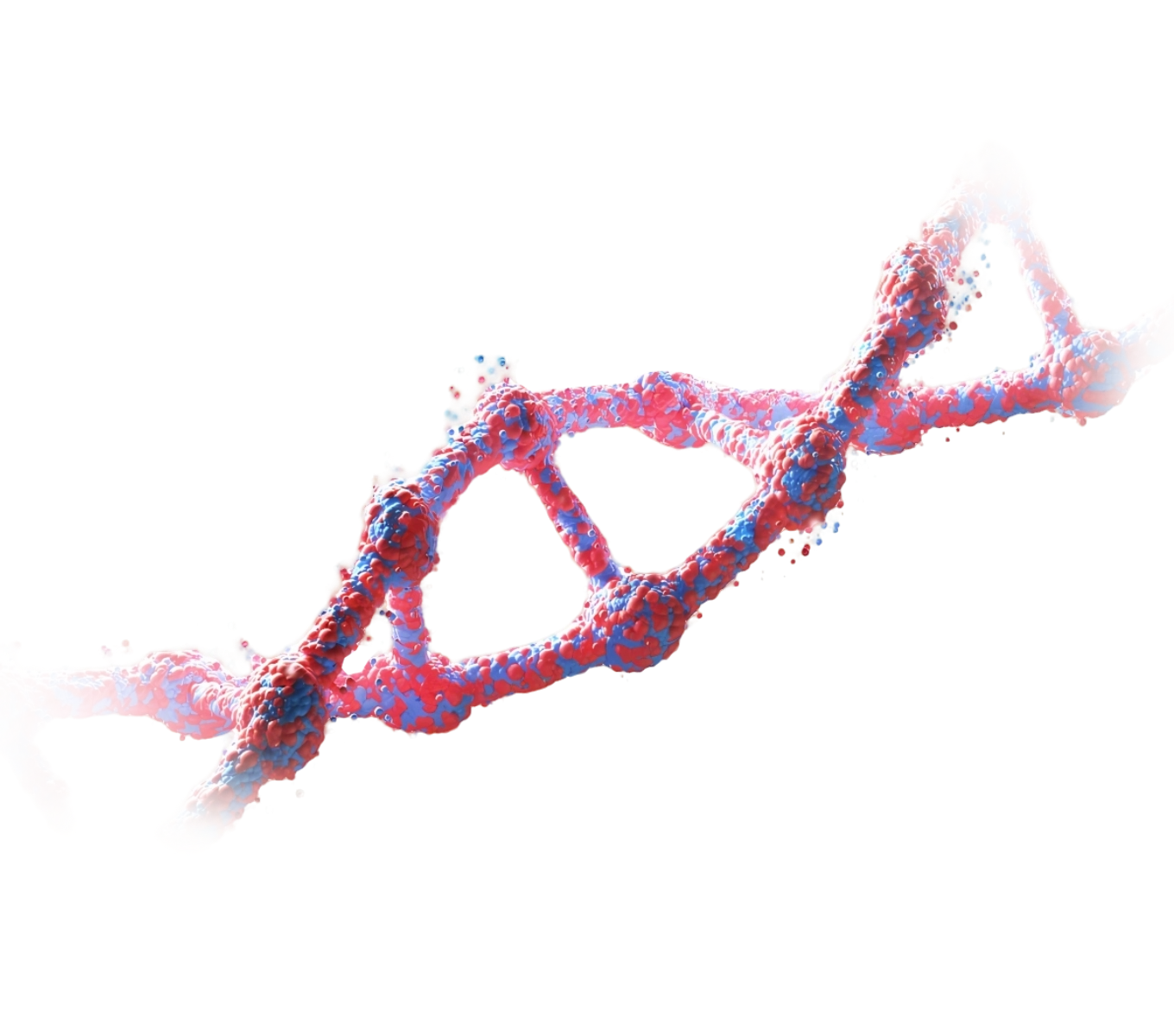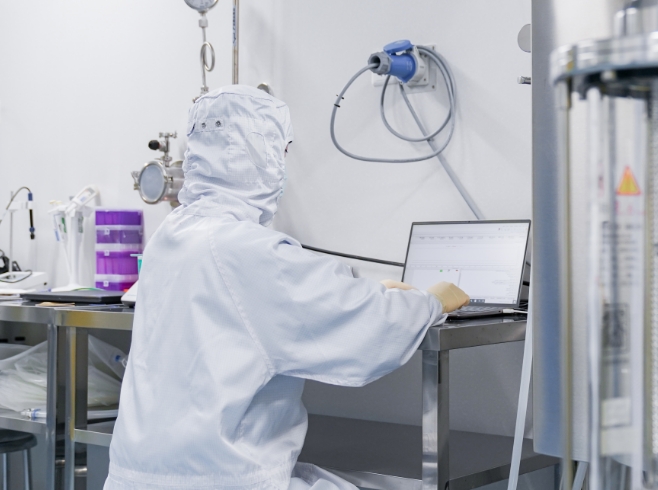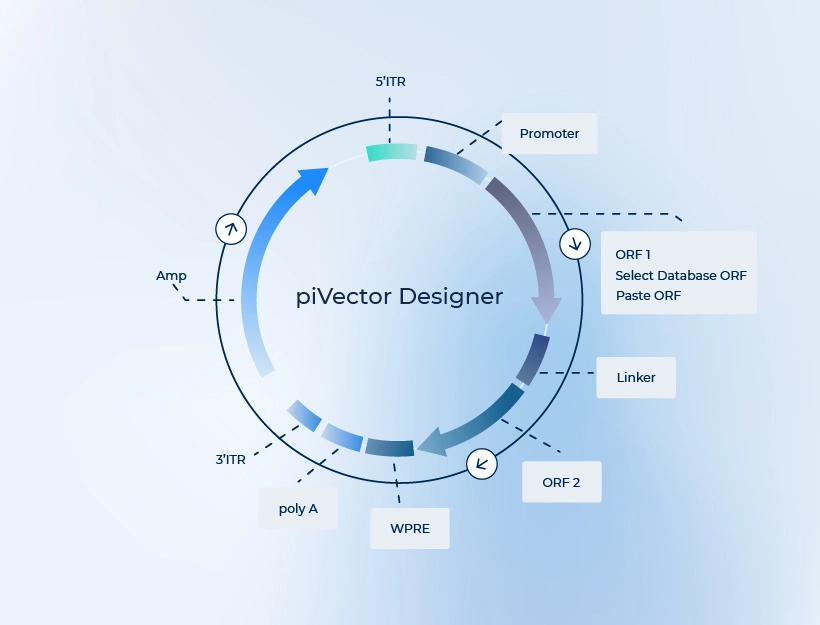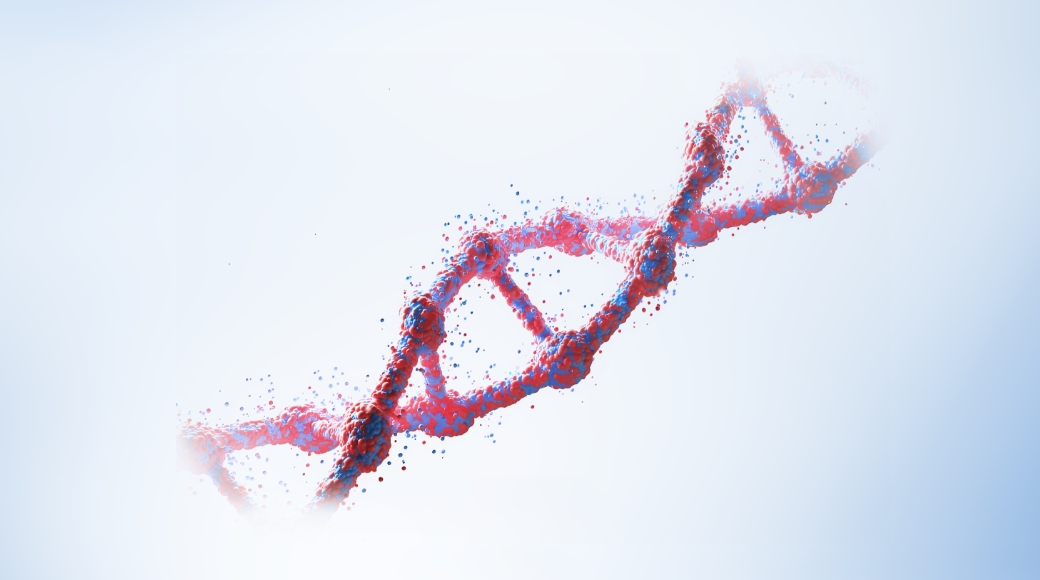Plasmid end products prepared through PackGene’s Plasmid Extraction service are viable for transfection application across the discovery and preclinical research phases.
The quality of plasmid will have a direct impact on the experimental outcome of downstream applications. With years of experience and process optimization PackGene has developed a robust protocol for plasmid preparation services accommodating to both small research labs to biotech and pharmaceutical companies. Choose from our high-quality plasmid from 100ug to 1000mg and up, with high homogeneity and ultra-low endotoxin level (<10EU/mg).







